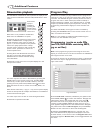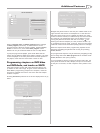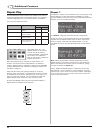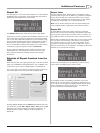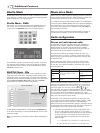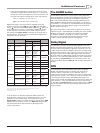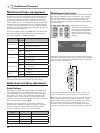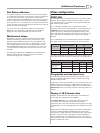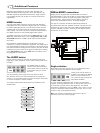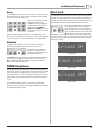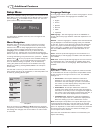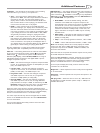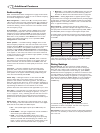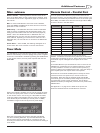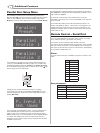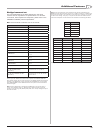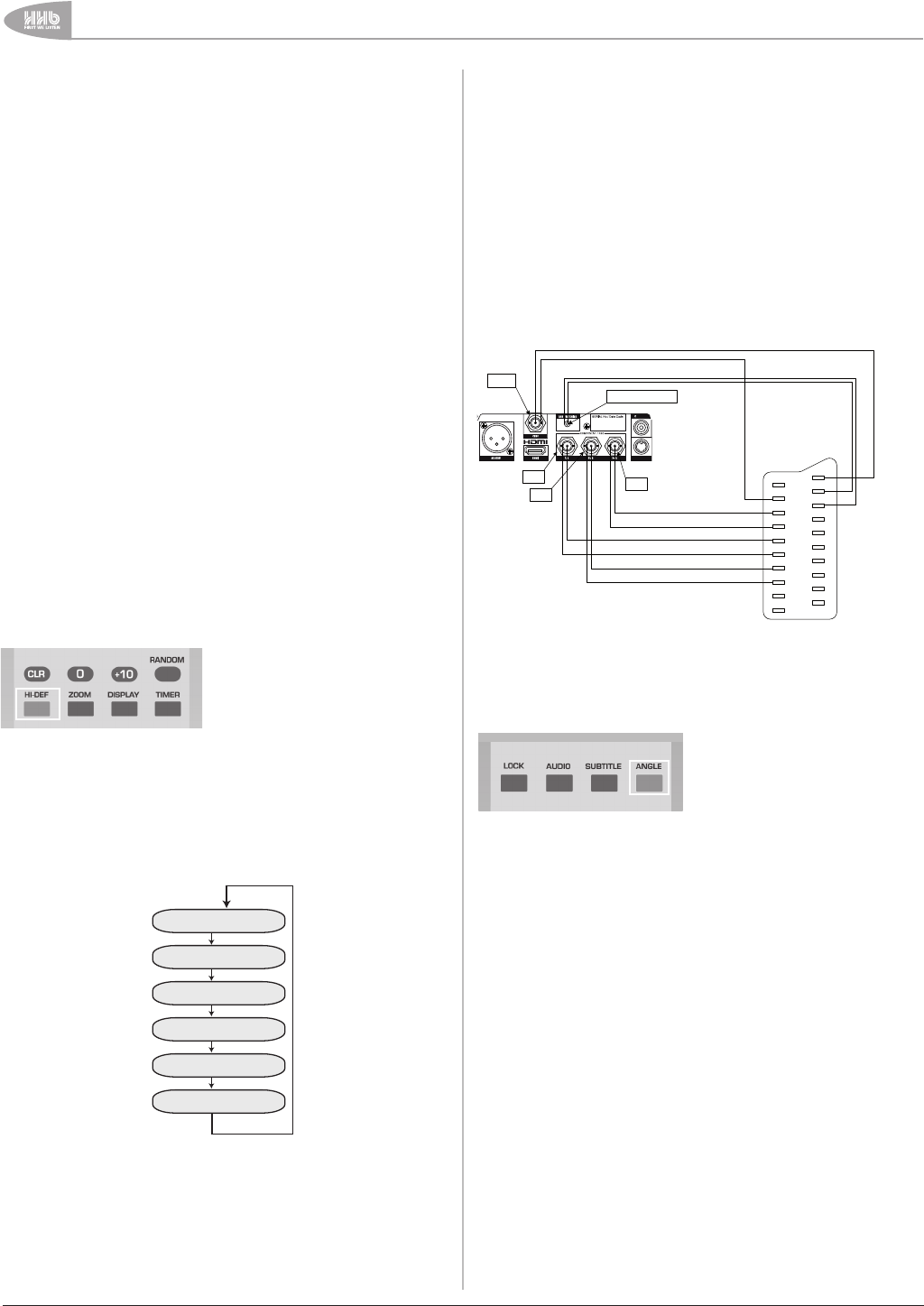
Additional Features
36
UDP-89 User Manual Version 2.0www.hhb.co.uk
Signalling of the widescreen format is also possible with
NTSC and 480p/576p progressive scan video signals. The
UDP-89 outputs the appropriate widescreen “flags”, however
not all display devices may be able to correctly interpret the
signalisation.
HDMI formats
The rear panel HDMI connector carries both High Definition
(HD) digital video and multichannel digital audio, for connection
to suitable HD display devices. The HD video formats are also
available (with some restrictions) at the analogue component
video outputs. The audio may also be obtained independently of
the HDMI connector at the S/PDIF digital audio outputs.
The HDMI output will only be active if the Video out item on the
Video tab of the Setup menu is set to Progressive YUV or HD
YUV/HDMI. Selection of 480i & 576i video formats disables
the output.
SD resolutions of 480p (NTSC) and, 576p (PAL), plus HD
resolutions of 720p and 1080i are supported. The HDMI output
may automatically set itself to the resolution of the display device
(this will also affect all analogue video outputs), but each of these
resolutions may be “forced” by the player, by altering the setting
of the HD Resolution item in the Video tab of the Setup menu.
See page 39 for more details.
The HI-DEF button
Output video format is normally set via the Setup menu (see
page 39); in many situations, once it is set it rarely needs to be
changed.
The HI-DEF button on the IR
remote control allows selection
of the output video format at any
time without having to access
the menu.
This is particularly useful if the format has been left at an
HD resolution and the unit then subsequently connected to a
monitor or TV that either doesn’t support the higher resolutions,
or via the composite or S-video outputs.
The diagram below shows what options are available via the
HI-DEF button
YUV 576i/50 (PAL)
YUV 480i/60 (NTSC)
576p/50 (PAL)
480p/60 (NTSC)
720p/50 (PAL)
720p/60 (NTSC)
1080i/50 (PAL)
1080i/60 (NTSC)
RGB
(DEFAULT)
Auto (HDMI)
RGB-to-SCART connections
Display devices equipped with suitable SCART connectors
(so-called SCART 1 type) may be able to receive RGB component
video to produce a picture of significantly higher quality than
composite video. Check with the display device’s manual to
ensure that the SCART connector is suitably equipped.
This type of connection should be implemented instead of
composite video wherever possible. However note that it is also
necessary to connect the rear panel CVBS and RGB Switching
outputs. A SCART connector wired as per the diagram below
should work in most cases.
1
10
8
6
4
11
9
7
5
3
2
20
18
16
14
12
19
17
15
13
Y/G
P
b
/B
Pr/R
CVBS
RGB SWITCHING
R (sig)
R (gnd)
G (sig)
G (gnd)
B (sig)
B (gnd)
CVBS (sig)
CVBS (gnd)
RGB switch control
0v ref
Angle selection
Some DVD Video discs include one or more alternative video
tracks, often shot with different camera angles.
These tracks may be viewed, if
available, by pressing the ANGLE
button on the remote control
unit, which will step through the
alternatives available.
To check whether a DVD Video disc contains any alternative
“Angles”, press the DISPLAY button on the remote control unit
to reveal the on-screen banner (see page 25). The ANGLE
information is displayed in the form Angle m/n, where n is the
number of alternative tracks available on the disc, and m is the
number of the currently-selected track.
Note: The inclusion of alternative audio tracks is at the
discretion of the disc authoring stage.



